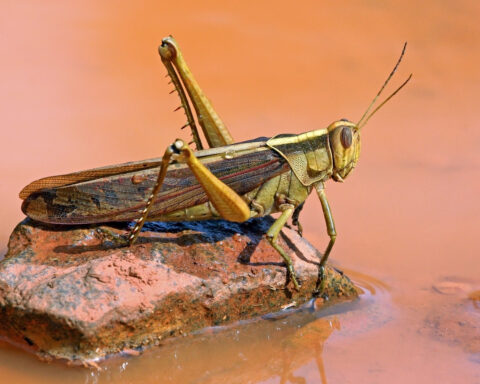The number of birds is decreasing incredibly in the world. This was concluded by a study conducted by researchers from several institutions. The study was recently reported in the annual review of the journal Environment and Resources.
According to a study conducted by Manchester Metropolitan University (MMU), degradation and loss of natural habitat, as well as direct over-exploitation of many species, are major threats to avian biodiversity.
The report states that 37 percent of live bird species used as common or exotic pets and 14 percent as food are examples of direct over-exploitation.
The review found that 5,245 or about 48 percent of the world’s existing bird species are known or suspected to be declining. Where 4,295 or 39 percent of the species had a stable tendency, about 7 percent or 778 species had a tendency of population growth. The tendency of 37 species was unknown.
The study focuses on bird watching, a global hobby involving millions of people, as a form of bird conservation, but warns of the ‘negative local effects’ of birds feeding at a rate of 65 billion to 66 billion per year and an additional 4 percent per year.
Caution refers to some species that do not stockpile through the trophic cascade, “an environmental phenomenon that arises as a result of the addition or removal of top predators and involves a relative change in the relative population and food trap of predators.”
“Bird diversity is at its peak in the global tropics and is home to some of the most endangered species. We know very little about the fate of temperate bird species, but we now have a continental climate.” This is a sign of a new wave of species extinction following the historical loss of species on islands like Dodo,” said Alexander Lees, MMU’s lead author of the study.
The study found that around 48 percent of the world’s existing bird species are in decline. The population is considered stable for 39 percent of the species, with only 6 percent showing an increasing population trend, with the status of 7 percent yet to be discovered.
The study authors reviewed changes in avian biodiversity, using data from the International Union for Conservation of Nature’s “Red List” to reveal the diversity of the 11,000 bird species in the world. world.
The study’s findings mirror findings from a 2019 study that identified nearly 3 billion breeding birds lost over the past five decades in Canada and the United States. The lead author of the study is also one of the authors of the State of the World report.





























